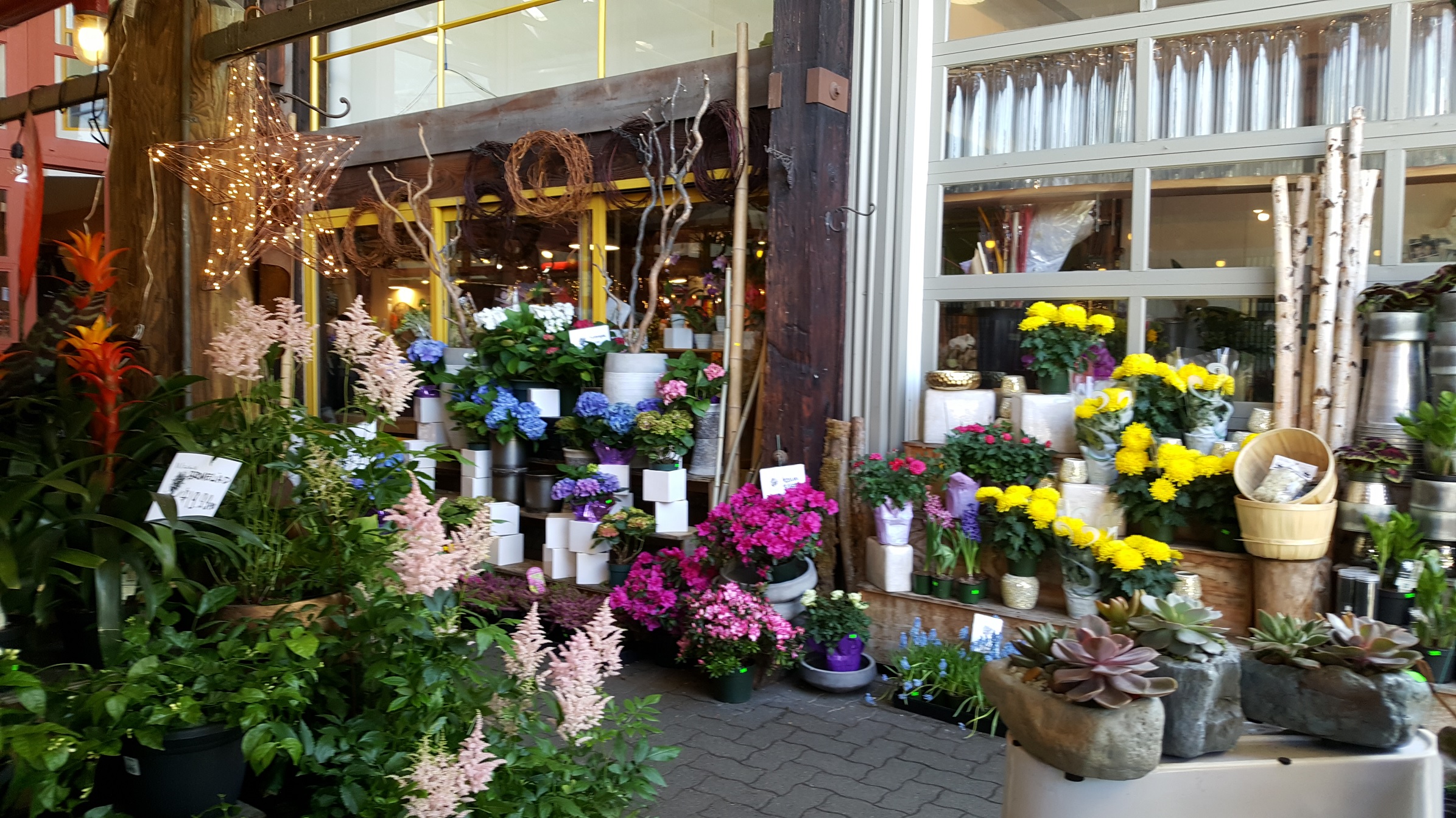
In the garden: assemble with style
In design, it’s all for nought if it doesn’t look good.
There are many parallels between creating indoor and outdoor spaces– how we look at colour, texture, sight-lines, and functionality can be applied to herbs and grasses in the same way as they are to architecture and wall colours. Gardens (from a single pot to a large yard) are a visual feature, thus they are another opportunity to showcase your style.
Last week, our first “In the Garden” post was a pep talk encouraging you to start/revitalize green spaces big and small around the home. Maybe over the last few days you found yourself toting home some seeds and soil– or perhaps a flat of herbs and flowers from the garden center? Maybe that’s still on the to-do list… (Pro-tip: this coming weekend is Mother’s Day and garden centers love to have sales for plant-loving Moms…)
So: we have (or will get) our “ingredients”, we have an idea of the space, but how do we put it all together?
A pile of plants, soil, and pots has the potential to arouse the same anxieties some of us have when looking at the thousands of samples of fabrics, paints, and light fixtures available when we start a decorating project… It’s difficult to decide where to begin. Much like decorating a space, we can stick to a couple key ideas to guide our gardens towards being plant-panache: consider the function of your garden (food-focused vs. aesthetic) and find a theme or a unifying element to create a harmonious space.
Form follows function
Bauhaus– not just for architecture! How your container(s) looks will directly relate to what the primary functions of the plants are. For now we’ll look at a single container, but these suggestions can also be applied to larger spaces or multiple containers!
Herb-focused? Keep everything accessible! Typically 3 or 4 types of herbs will be enough for a simple window-planter. Make sure that each plant can be harvested easily when you’re whipping up a delicious meal. There are fewer options for visual diversity with herbs (they’re 98% green with small-ish leaves and woody stems) so having a great container is a way to bring some style to a practical green space.
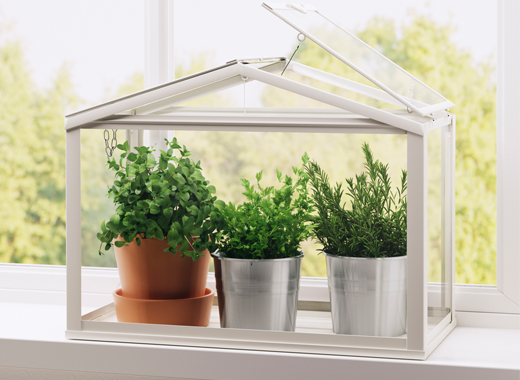
The SOCKER Greenhouse from IKEA is fit to house your window-sill garden– I might recommend “de-housing” the herbs during cooking time though…
Aesthetic-oriented? Have fun with shape, colour and texture! The 3-4 plant rule works here too… remember those suckers grow, so leave some space for them to fill in as the season goes. I usually start with a showcase plant– something that has a showy flower/foliage or a great scent (or both!) that can be used as an anchor for your design. Supporting the ‘showcase’ plant, I typically choose a low-growing or cascading plant to go in front and a taller-but-not-as-showy option to go beside/behind.
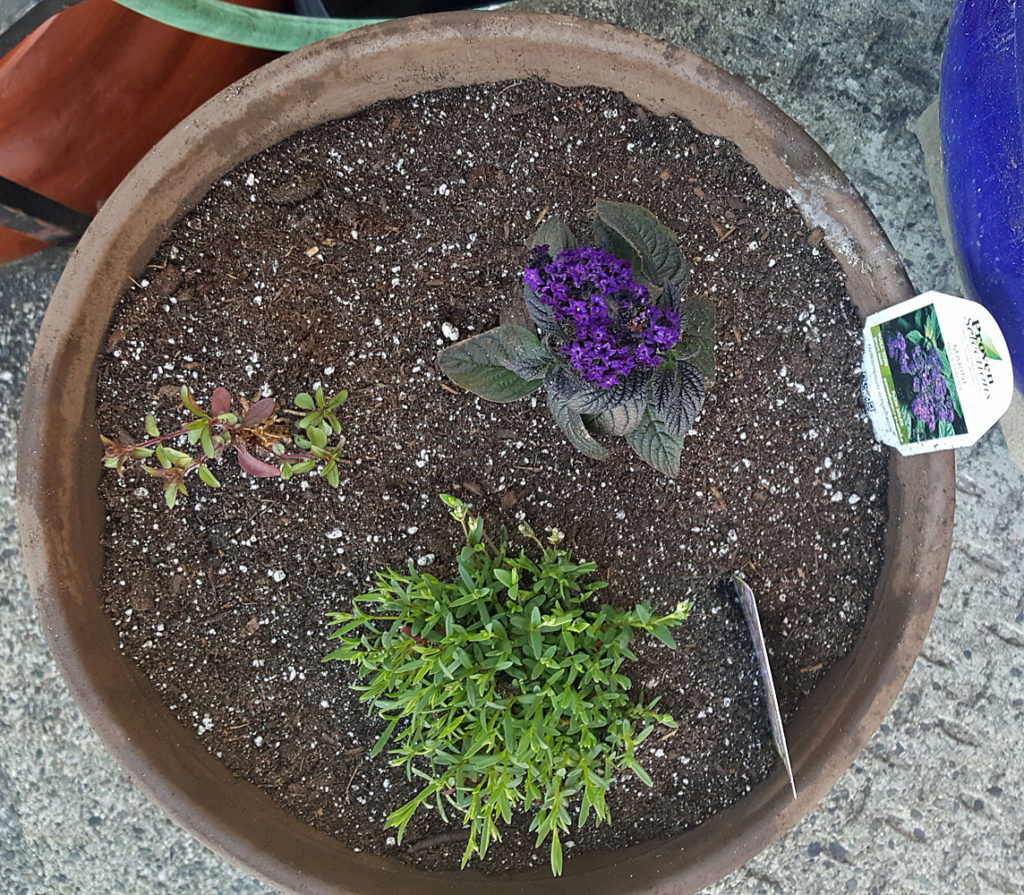
Freshly planted! This overhead view of one of my pots shows the beginning stages of a single container. The plant with purple flowers is a Marine Heliotrope (nearly 2ft tall when mature!) and has a strong floral scent. It is paired with 2 low-growing plants: Creeping Baby’s Breath (the bushy one at the bottom of the frame) that will bloom with light purple flowers, as well as Soapwort (smaller one at the left of the frame) that will add soft pink flowers to the mix.
Finding a Theme
With countless options for accent plants (and endless ways to express your style!) consider what you want to be the unifying element to create a cohesive space. Looking at shapes, colours, textures, and even container style is a great place to start. Typically if at least one of those is consistent in your container (similar shapes, similar colours, etc…) you’ll find it comes together nicely.
TIP: These plant vignettes, even for experienced gardeners, can be tricky to compose. My personal strategy is to find my “showcase” plant or a couple plants that I think go well together, and compare them with others at the garden center– not unlike running around with tile samples in the paints section!
You can also translate your indoor style to the garden: If you like monotones, limit your plant palette– one tone for containers, and minimal variation is foliage and flowers will create a harmonious space. A Bohemian garden might feature wildflowers and vintage-inspired containers. If cool, crisp, and modern is more your style, grasses and succulents are low-maintenance and high-impact options that look great in a structured container.
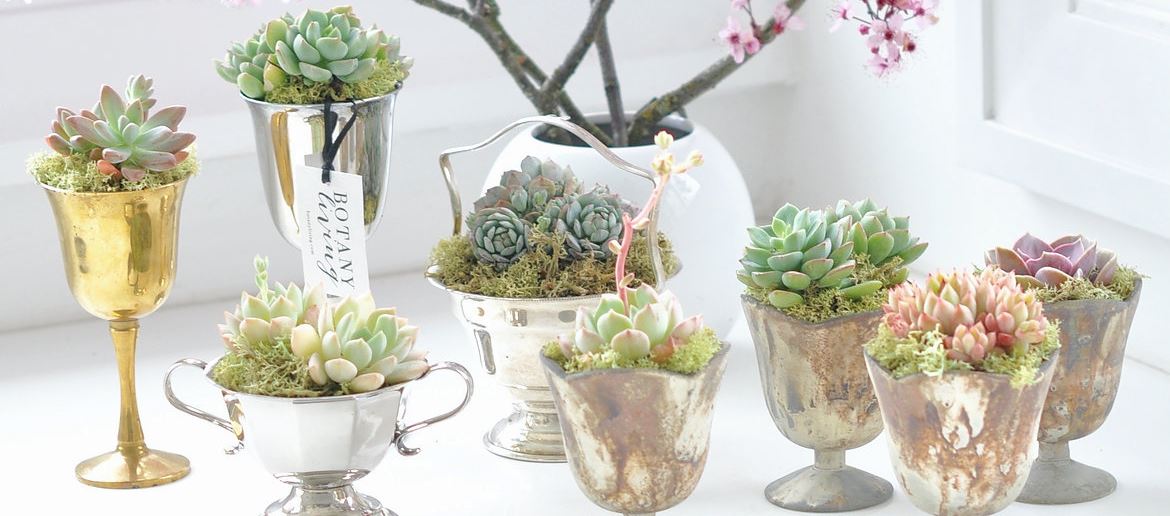
Out friends at Botany Living create wonderful succulent planters. These eclectic ones pictures mix traditional tablewares with the ultra-popular and modern succulents.
Bring the Editorial Eye to Large Spaces
What if you have more than one container? A larger garden? The same principles apply, just on a larger scale! But beware… as you have more room and more options to play with keep in mind your design focus that you’re working with. It’s easy to be sidetracked from your design when considering 20+ options instead of 3-4.
The additional guideline I’d suggest for larger spaces is to be mindful of your sight-lines. For example: stairs provide an easy way to stagger containers, walls can be a great backdrop for a vignette of greenery, sometimes it comes in handy having a few herbs near the BBQ… The great thing about containers is that you can re-arrange them until you’re satisfied!
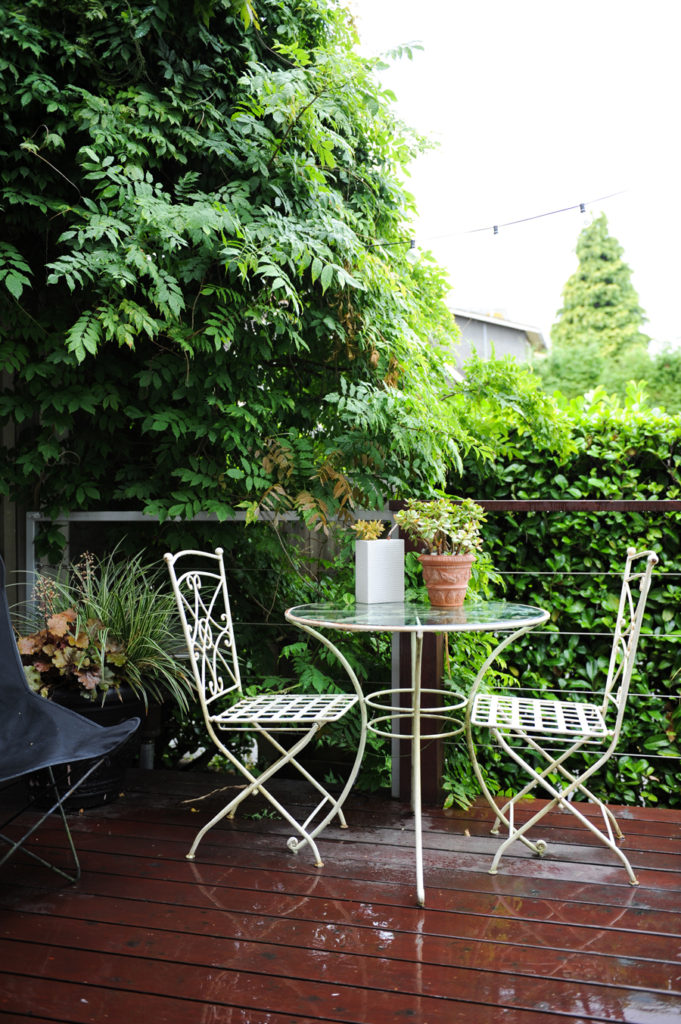
This cafe table vignette is from our English Garden House project. Smaller containers on the table connect with the trees, hedges, and larger containers on the deck–easy to move when you have a meal!
Keep it Healthy
Enough sun and enough water are a good place to start. Often plants do require some regular pruning to encourage growth and health. Typically there are 3 key maintenance times in the plant’s seasonal life-cycle: New growth, flowering, and winter. New growth pruning occurs when our baby plants start to grow up and by pruning we can influence the shape and health of the plant. Flowering marks the maturity of the plant and often signals a time for more aggressive pruning or trimming. Plants that will come back in the spring require a pre-winter haircut to ensure their survival over the frosty months. Consult the plant info tags, online resources, and garden store staff for specifics.
Plants are often healthiest when they can be properly pollinated. So put on your Save-the-Bees hat and consider adding some pollinator-friendly plants to the mix (Bonus for people, these plants often have a lovely scent). As we are based in Vancouver: here is a list of native pollinators put out by the City of Vancouver. Some highlights include: Lavender, Heather, Sage, Asters, and Mint.
The great thing about gardening and plants is they typically last one season (unless you invest in perennial plants that return each year) so do not fear being stuck with a particular layout or plant selection for eternity– feel free to experiment and be bold!
Coming up next, the final of our 3 “In the Garden” posts will explore how to put the garden to work. We’ll look at harvesting herbs, cutting flowers, and maybe a recipe or two!



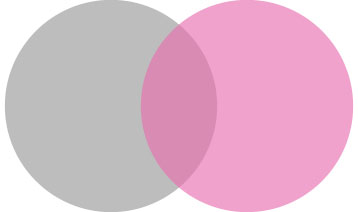

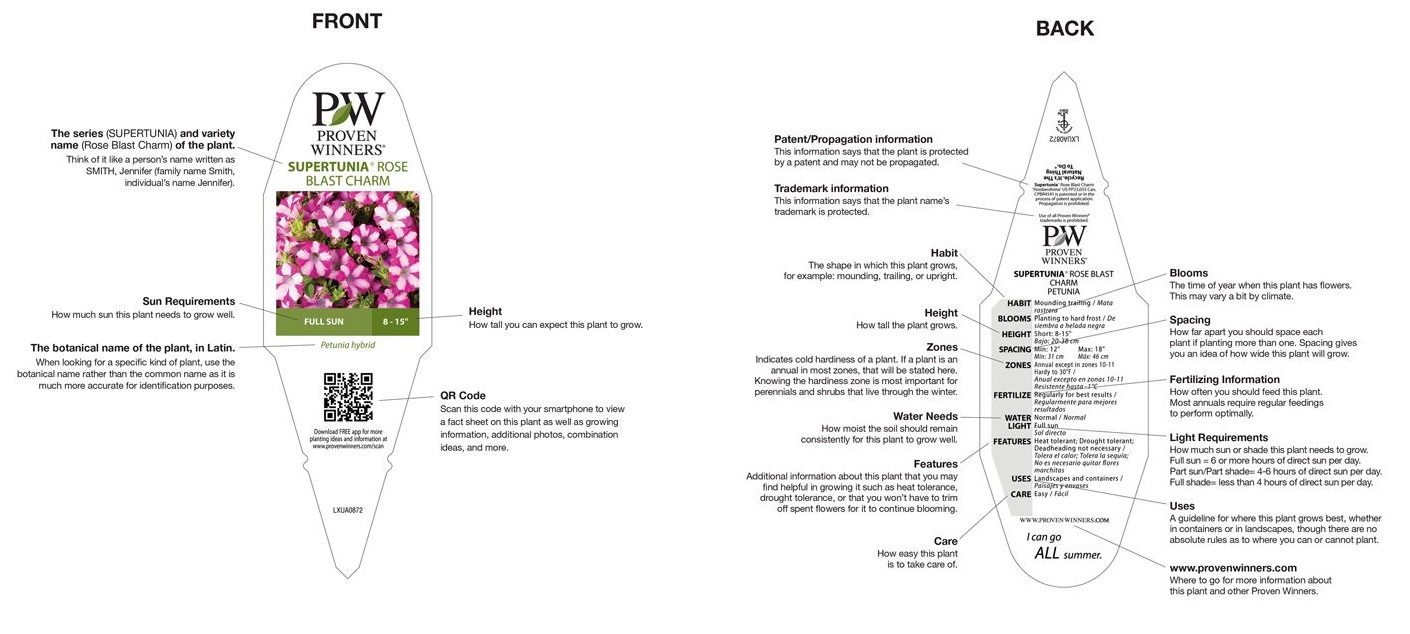
Nancy Palecek
May 13, 2017 at 11:51 amWhat a nice surprise to have received the email!!An inspiration!!
Alexandra
May 15, 2017 at 1:12 pmI’m so glad you enjoyed it Nancy! We have one more garden post coming…